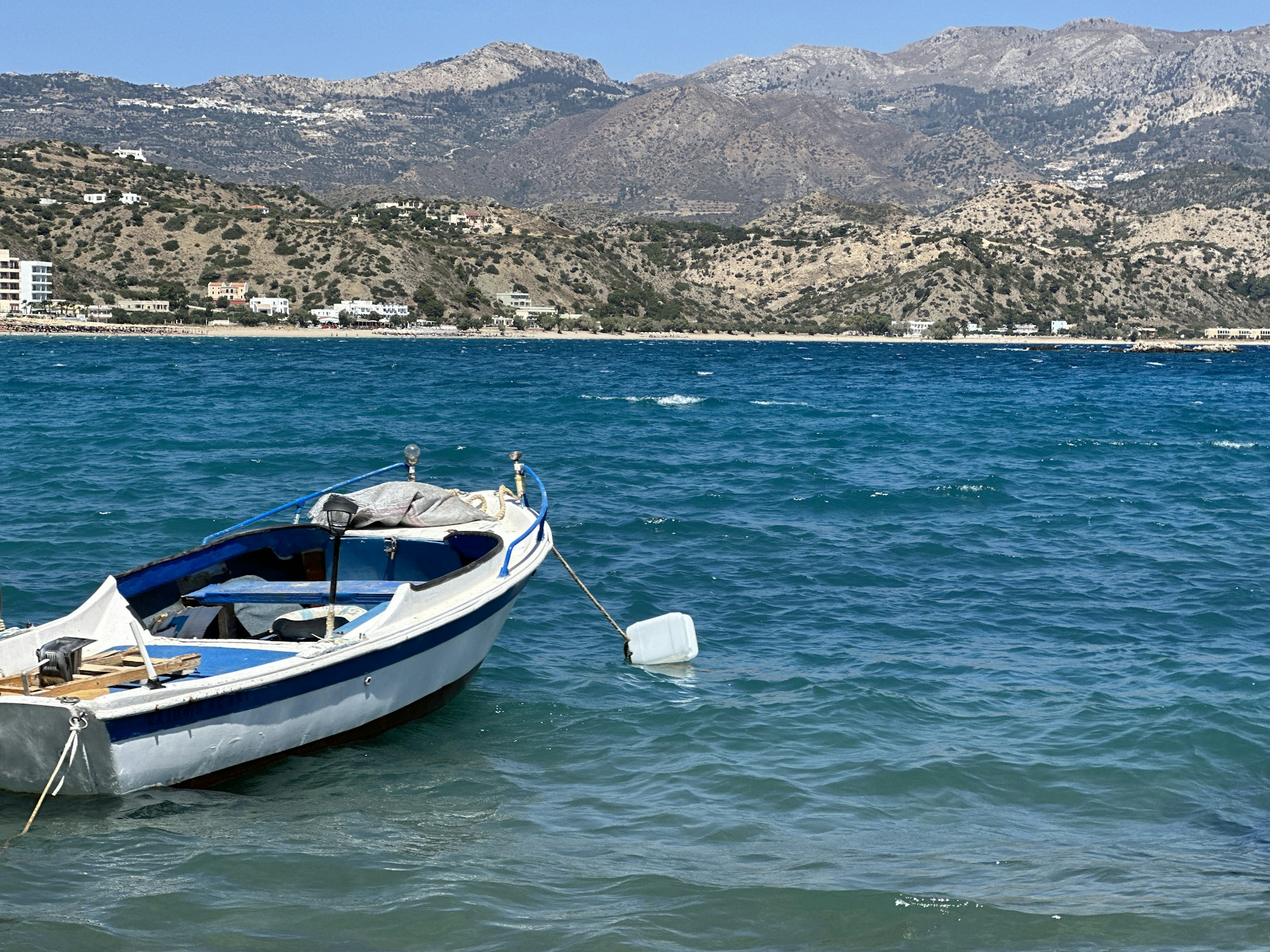Discover Karpathos: History, Customs, and Festivals Guide
Explore Karpathos - Dive into its rich history, vibrant customs, and colorful festivals in this comprehensive guide.

Discover Karpathos: History, Customs, and Festivals Guide
Historical Context
Karpathos, the second largest of the Dodecanese islands in Greece, has a rich tapestry of history that spans millennia. Nestled in the southeastern Aegean Sea, the island’s historical fabric is woven with stories of ancient civilizations, medieval conquests, and modern-day resilience.
The island has been inhabited since the prehistoric times, with evidence suggesting early settlements dating back to the Neolithic period. During the Classical period, Karpathos was aligned with the Athenian alliance and later came under the domain of the Roman Empire. In the medieval era, the island was conquered by the Venetians in the 13th century before becoming part of the Ottoman Empire in the 16th century.
Karpathos joined the modern Greek state in 1948, following the end of World War II and a period of Italian occupation. This storied past has left a rich legacy of archaeological finds, architectural styles, and cultural influences that continue to shape the island today.
Customs and Cultural Practices
Karpathos is a bastion of traditional Greek culture, where age-old customs are fervently preserved. The island’s isolation has played a pivotal role in maintaining these traditions, making Karpathos a vibrant repository of Hellenic heritage.
Dress and Attire
The traditional dress of Karpathos is vibrant and elaborate. During festivals and significant cultural events, both men and women don traditional costumes. Women’s attire typically includes intricately embroidered dresses, headscarves, and jewelry that have been passed down through generations. Meanwhile, men often wear the “vraka,” loose-fitting trousers, along with embroidered shirts and waistcoats.
Music and Dance
Music and dance are central to the cultural life of Karpathos. The island is renowned for its folk music, featuring instruments such as the lyre, laouto (a type of lute), and violin. These instruments are played during local festivities, weddings, and social gatherings. Traditional dances like the “syrtos” and “sousta” are performed with great enthusiasm, and the people of Karpathos take immense pride in their dance heritage.
Culinary Traditions
The cuisine of Karpathos is a delightful blend of Mediterranean flavors. Local dishes often feature fresh seafood, vegetables, and olive oil. Signature dishes include “makarounes” (a type of handmade pasta served with caramelized onions and cheese), grilled octopus, and “myzithra” cheese pie. The island is also known for its aromatic honey and traditional sweets like “psilokouloura” (honey-dipped cookies).
Festivals and Celebrations
Festivals in Karpathos are a vibrant reflection of its cultural and religious fervor. Throughout the year, the island comes alive with a plethora of celebrations that offer a window into its rich traditions. Here are some of the most notable festivals:
Festival of the Dormition of the Virgin Mary (Panagia Vrysiani)
Celebrated on August 15th, the Festival of the Dormition of the Virgin Mary is one of the most significant religious events on the island. The village of Olympos, with its picturesque setting and traditional houses, hosts the grandest festivities. Pilgrims from across the island and beyond congregate to attend church services, followed by communal feasts, music, and dancing that continue well into the night.
Feast of Saint John (Agios Ioannis)
On August 29th, the Feast of Saint John is celebrated with particular reverence in the village of Vrikous. The highlight of this festival is a traditional dance performed around a large bonfire, symbolizing purification and the end of summer. Locals and visitors alike participate in the festivities, which include feasting on local delicacies and engaging in cheerful dances.
Saint George’s Festival (Agios Georgios)
Held on April 23rd, the Saint George’s Festival is marked by church services, processions, and traditional music performances. The village of Menetes is known for its elaborate celebrations, where locals don traditional costumes and partake in communal meals and energetic dance routines.
Karpathos International Folklore Festival
To celebrate the island's deep-rooted cultural traditions, the Karpathos International Folklore Festival is an annual event that attracts performers and visitors from around the world. The festival features a week-long series of events, including folk dance performances, music concerts, and cultural exhibitions that showcase the best of Karpathian and international traditions.
Local Anecdotes and Interesting Facts
Karpathos is replete with local anecdotes and fascinating tidbits that add to its allure:
- The Winds of Karpathos: The island is famously windy, particularly in the southern part near the village of Pigadia. These strong winds make Karpathos a popular destination for windsurfing and kitesurfing enthusiasts from around the world.
- The Hellenistic Necropolis: Near the capital of Pigadia, you can find the Hellenistic Necropolis, an ancient burial site with a series of rock-cut tombs. This site offers a glimpse into the island’s ancient funerary practices.
- The Saria Islet: Just north of Karpathos lies the uninhabited islet of Saria, believed to have once been part of Karpathos. Saria is home to ancient ruins and monasteries and is accessible via boat trips from Karpathos.
- Olympos Village: The village of Olympos is a living museum of traditional Karpathian life. Known for its matriarchal society, the women here often wear traditional clothing daily, and centuries-old customs are still maintained.
Karpathos, with its historical depth, cultural vibrancy, and stunning natural beauty, offers a unique and immersive travel experience. Whether you are exploring its ancient ruins, partaking in its animated festivals, or simply enjoying its culinary delights, this island promises a memorable and enriching journey.
